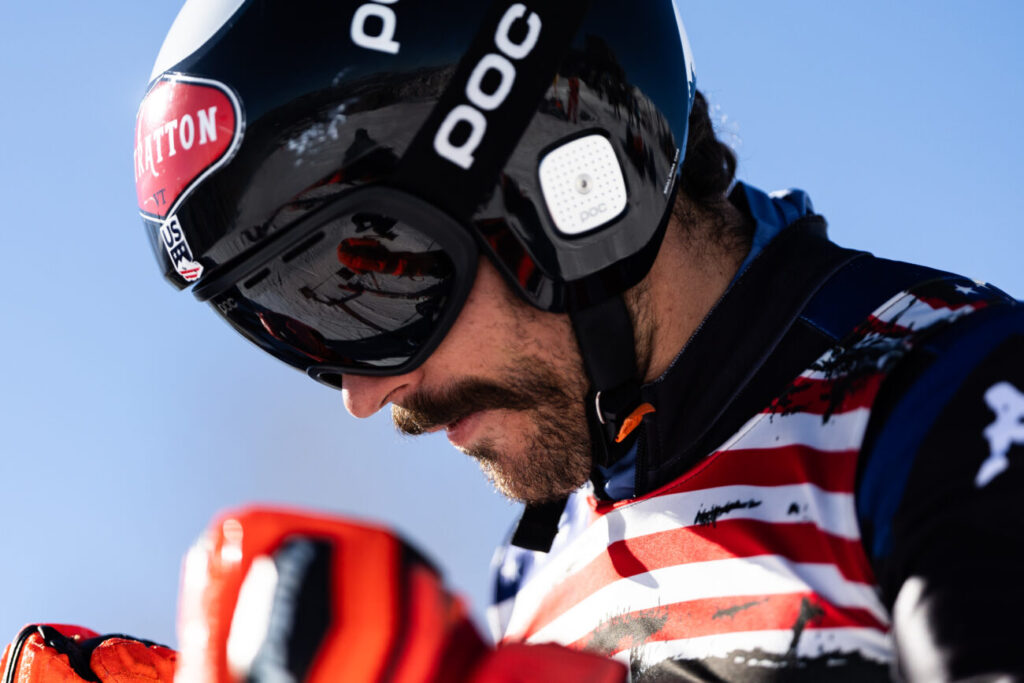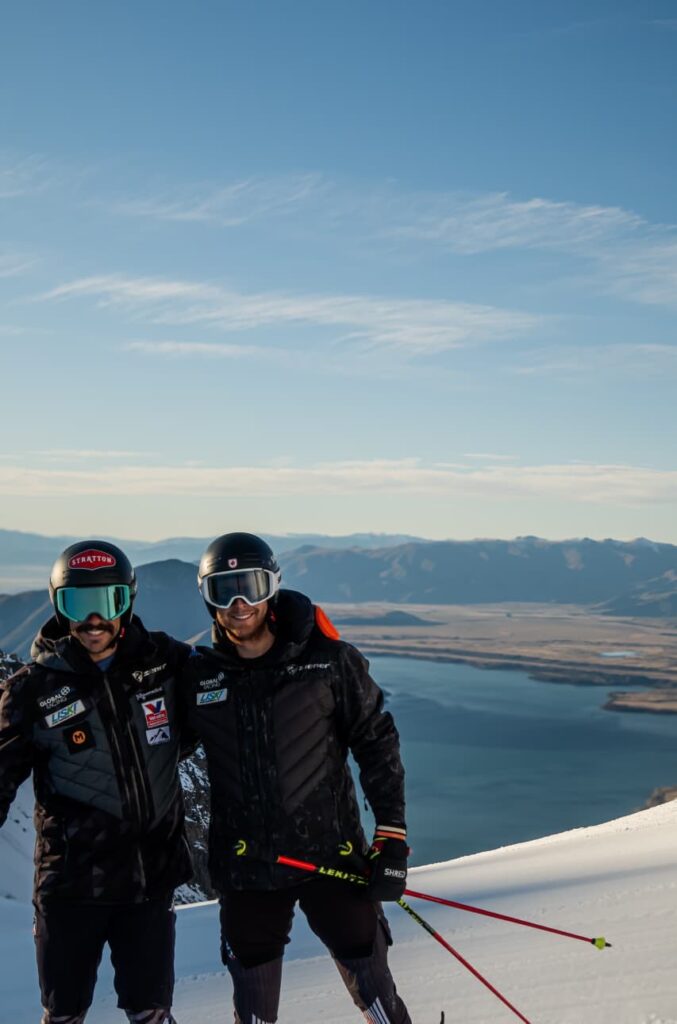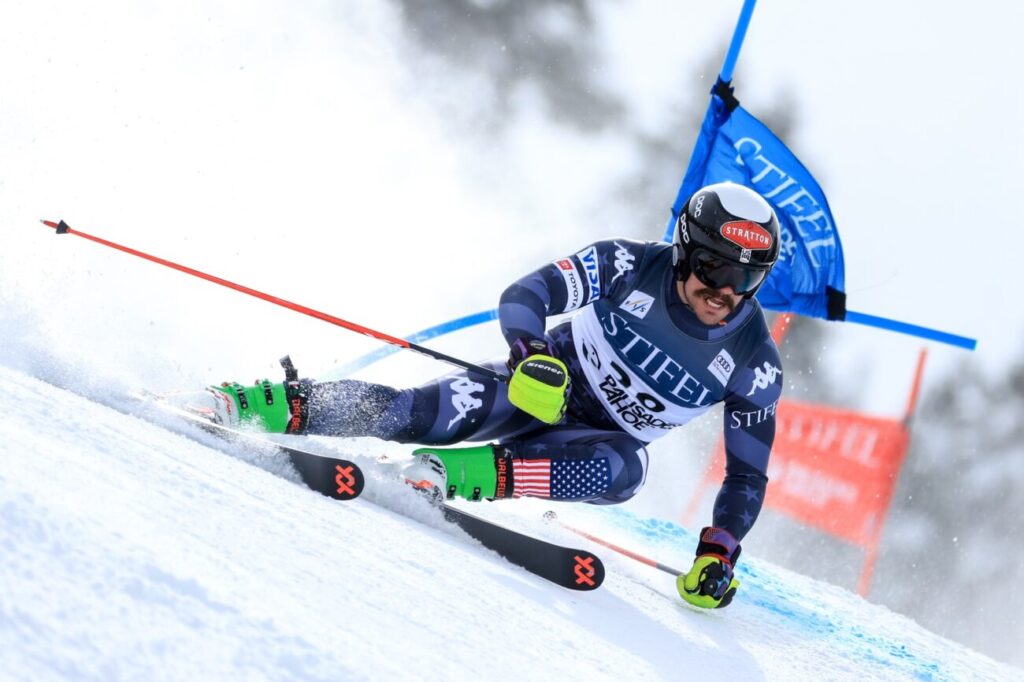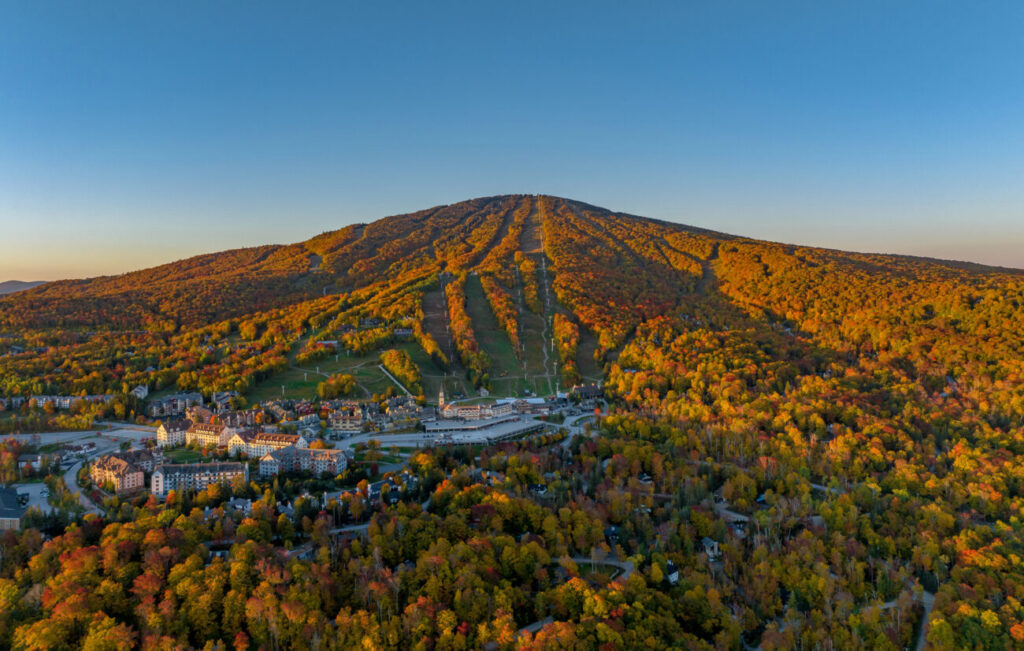
What matters most with time on snow: quality training, quality play

Time on snow is probably the most important part of becoming a fast ski racer. However, not every hour on skis is equal.
So how do you get the most out of all of your precious training days and still keep things fun, especially for the younger athletes?
On skis you need not just quality training time, but also quality play time.
Quality training starts with your preparation for the session. It means showing up on time with your skis tuned and a clear focus in mind. It’s being deliberate with every turn and every run to improve your skiing. It also means pushing your limits and challenging yourself to continually get out of your comfort zone. The course sets and the quality of the snow you are training on also matter, but those are often out of the athlete’s control. Make the most of the training opportunities you have, and be prepared to capitalize on any opportunities for high quality sessions. Really good training days are often where breakthroughs happen and can be worth their weight in gold.
The younger the skier, the more important it is to have unstructured time on skis. This can be anything from trying a new trick in the park to bombing through a mogul field. Again, the important part is just that you are having fun and pushing your limits. This unstructured training is critical for developing a wide base of ski-specific athleticism that will make progress in the racecourse easier.
Ski a lot, but keep playing other sports

Experts say around 10,000 hours of dedicated practice is required to reach true mastery of a task. Unfortunately, this is simply not possible in ski racing. On an average training day, an athlete might do eight runs on a 45-second course. That’s 6 minutes of practice in gates per day. On a good year, a young athlete might get 120 training days in. That amounts to 12 hours of training time per year. One can see that there’s simply no way an athlete can ever reach true mastery of the sport (as compared to other sports). This is why simply skiing more can give you a huge leg up. However, we also know that skiing too much year-round as a young athlete can lead to burnout, injuries, and other negative consequences.
So how do you manage these two ends of the spectrum?
My suggestion is this: when you are on snow, make the most of it, but take enough time off snow that you can play other sports. In the winter, or whenever you find yourself skiing, do as much as you can. Take more runs (of both structured and unstructured training) and ski more days if you can. Then, take enough time off snow that you can play other sports in the offseason. Not only does this help prevent burnout, but it also is key for developing your general athletic abilities, which will pay dividends in the long run. Competitively playing at least one, preferably two, sports will help with coordination, skill development, and a host of other qualities that will raise your athletic ceiling as a ski racer in the long term. I believe this holds true all the way through high school-age athletes and is particularly important for athletes under 16.
Take Ownership

If there is one mentality that will make you a faster ski racer, it is extreme ownership. When you take ownership over every aspect of your sport, there will be no more excuses. This approach puts the athlete in the driver’s seat and puts them in charge of every aspect of their sport. If you want to be faster, figure out where you are lacking and why, and work as hard as you can to improve in that area. Ultimately, the motivation to get better needs to come from the athlete, not the coaches or the parents. From fitness to race line, it is up to the athlete to take charge and make themselves better with the resources they have. This is the only way to reach your highest potential. As Ted Ligety used to say, don’t just trust the process, make, own and be the process. Be a student of the sport.
Working hard will get you far in any sport, and ski racing is no exception. However, working hard without a thoughtful approach is like riding your bike through the sand with no directions instead of on the paved road. You might eventually get there, but it will be a lot slower and harder.
In ski racing, how do you know what you need to fix or work on to get faster? What tactical or equipment adjustment will help reach the next level?
Coaches are a critical resource for helping you figure these things out, but ultimately, if you want to reach your highest potential and accelerate your progress, you need to expand your skiing IQ so you can start to answer these questions yourself. Coaches can’t always be there to give you instant feedback on every turn or every exercise in the gym. When you expand your skiing knowledge and begin to understand what you need to do to improve yourself, you can make adjustments much faster and more accurately, which will dramatically improve your progress.
So how do you build this knowledge?
Become a student of the sport. Learn everything you can from coaches, athletes, and other sources of information. Think for yourself and form your own opinions. This way you can be a true problem solver and always address the most upstream issue instead of a symptom of the issue. For me, this has been the most important factor in making the jump from NorAms to the World Cup.
Don’t take yourself too seriously

In ski racing, as with many things, it is very easy to get caught up in the results. In the heat of racing, it sometimes feels like everything is riding on the next run. It’s always helpful to put things in perspective and remember why you do this sport. It’s an incredibly fun challenge that pushes us to be better and stronger as people and athletes. Work hard, but don’t forget to enjoy the ride and let the chips fall where they may!




Be sure to check out our most recent blog!
